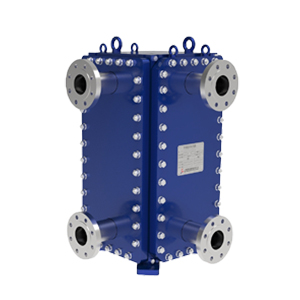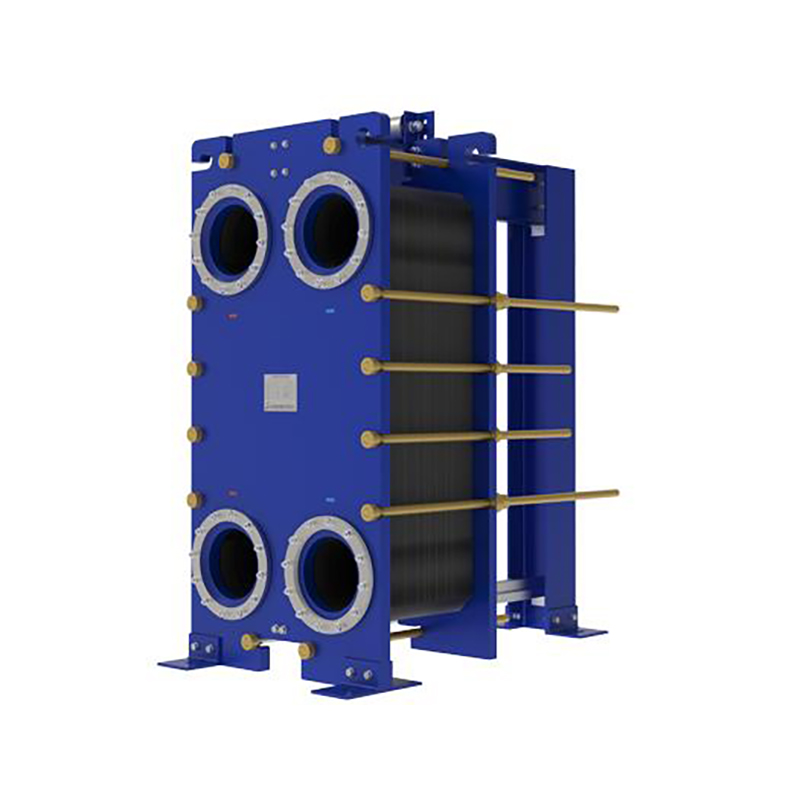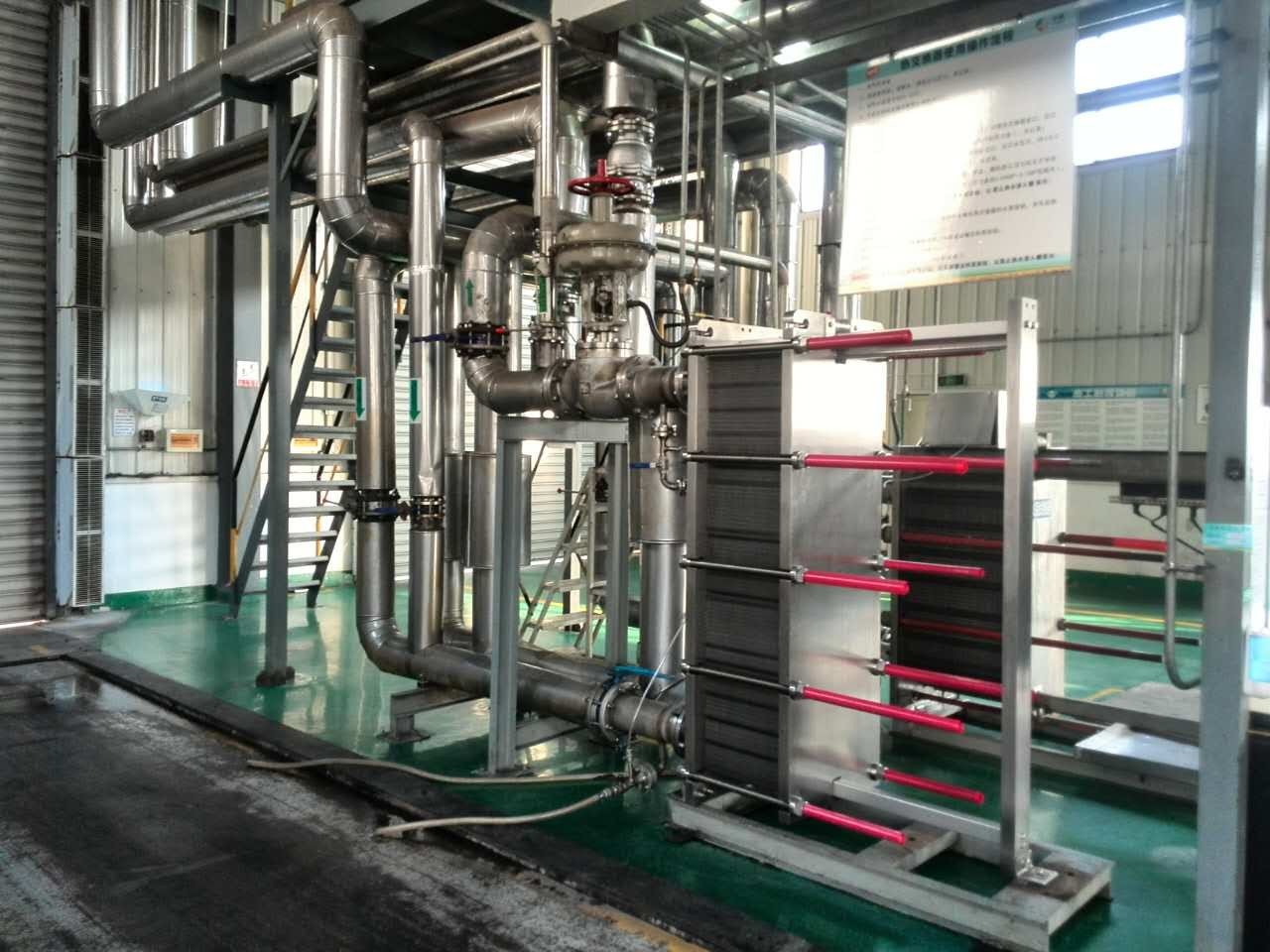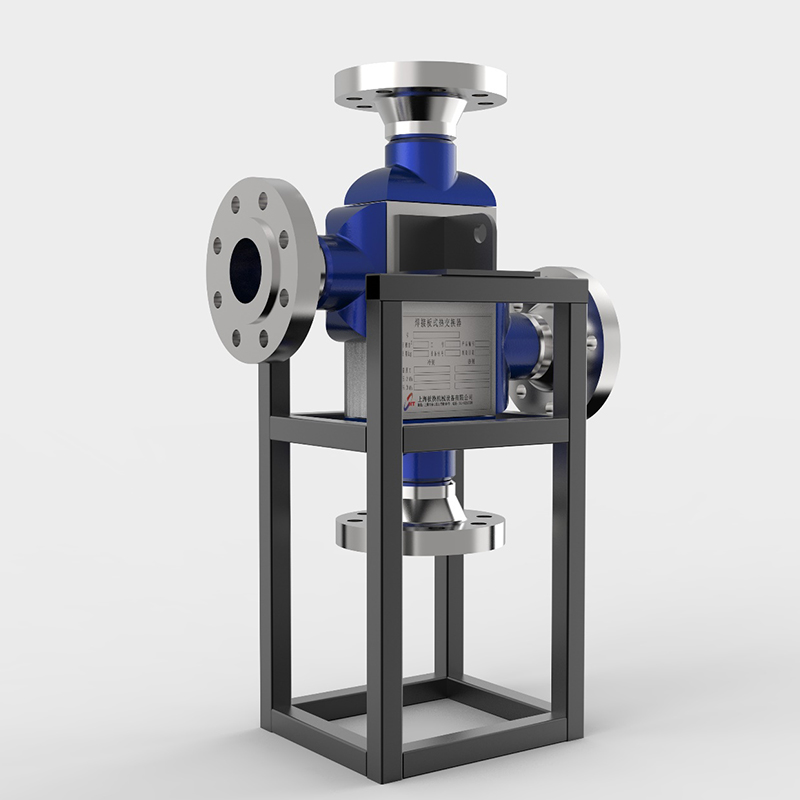5 key roles of plate heat exchanger gaskets.
Plate heat exchanger gaskets perform 5 key roles: ...
More
A counterflow plate heat exchanger (PHE) is a highly efficient type of heat transfer equipment designed to facilitate the exchange of thermal energy between two fluids flowing in opposite directions. Constructed from a series of corrugated metal plates compressed together within a frame, these exchangers create alternating channels for the hot and cold fluids. The counter-current flow arrangement, where the fluids enter at opposite ends, is a fundamental design principle that maximizes the temperature difference between the two media across the entire length of the unit. This setup is distinct from parallel or cross-flow configurations and is the primary reason for its superior thermal performance. The plates, typically made from stainless steel (AISI 304 or 316 being common, as per industry standards), titanium, or other alloys, are equipped with gaskets or are laser-welded to ensure leak-proof separation of the fluids while allowing optimal heat conduction through the thin plate material. The corrugation pattern on the plates not only strengthens the structure but also induces turbulent flow at lower velocities, which significantly enhances the heat transfer coefficient and reduces fouling. These compact units are ubiquitous in industries requiring precise temperature control, including HVAC, refrigeration, chemical processing, power generation, and food and beverage production, owing to their adaptability, scalability, and exceptional efficiency in both heating and cooling applications.
The advantages of employing a counterflow plate heat exchanger are substantial and well-documented, making it a preferred choice over shell-and-tube and other heat exchanger types in numerous applications. The most significant benefit is its unparalleled thermal efficiency, often exceeding 90%, due to the true counterflow design that maintains a high and nearly constant log mean temperature difference (LMTD). This allows for closer temperature approaches, sometimes as low as 1°C (1.8°F), meaning the cold fluid can be heated to a temperature much closer to the inlet temperature of the hot fluid, maximizing energy recovery. This high efficiency translates directly into reduced energy consumption, lower operational costs, and a smaller carbon footprint. Furthermore, their compact and modular design offers a footprint up to 80-90% smaller than an equivalent shell-and-tube unit, saving valuable space and installation costs. The plates are easily accessible for inspection, cleaning, and maintenance, and the capacity can be readily expanded by simply adding more plates to the existing frame, providing exceptional flexibility. The high turbulence induced by the plate design minimizes fouling and scaling. Compared to traditional exchangers, PHEs also hold a much smaller fluid volume, which reduces required chemical treatment quantities and improves system response times. These combined advantages result in a lower total cost of ownership, despite a potentially higher initial investment, due to long-term energy savings, reduced maintenance downtime, and operational flexibility.
Select the most popular foreign trade service products to meet your diverse needs
Learn more about the dynamics and professional knowledge of the foreign trade industry

Plate heat exchanger gaskets perform 5 key roles: ...
MoreAPI 662 defines standards for plate heat exchanger...
More
You can see clear differences between welded block...
More
A gasket in heat exchanger seals surfaces, blocks ...
More
Plate heat exchangers deliver high thermal efficie...
More
A heat exchanger's main parts include the heat tra...
MoreSelect the most popular foreign trade service products to meet your diverse needs
Explore more content related to foreign trade services

User Comments
Service Experience Sharing from Real Customers
David Chen
Maintenance EngineerThis Alfa Laval counterflow plate heat exchanger is incredibly efficient. The compact design saves us significant space, and the heat transfer performance has cut our energy costs by nearly 20%. Maintenance is also a breeze with the clip-on design.
Sarah Wilkinson
Chief EngineerWe installed this SWEP counterflow unit for our district heating system and the results are outstanding. The low approach temperatures and counterflow configuration maximize heat recovery. It's robust, reliable, and has performed flawlessly under constant load.
Michael Rodriguez
Plant ManagerThe GEA PHE for our cooling tower loop is highly effective. The counterflow plates create a lot of turbulence, which prevents fouling and maintains high efficiency. We took one star off because the gasket delivery was slightly delayed, but the unit itself is top-notch.
Emily Foster
Sustainability OfficerIntegrating this Sondex plate heat exchanger into our waste heat recovery system was the best decision. Its counterflow operation captures so much energy that would otherwise be lost. It's a key component in helping us meet our plant's sustainability targets.